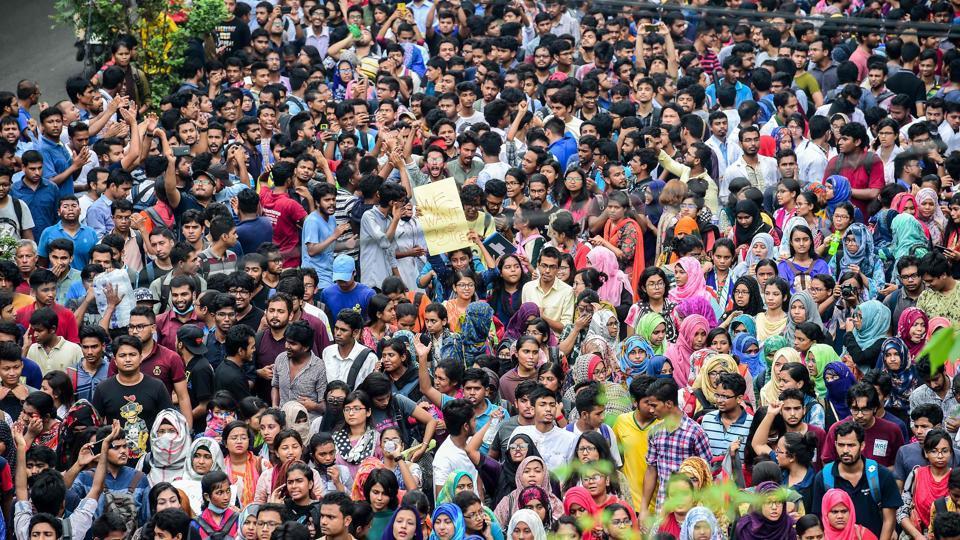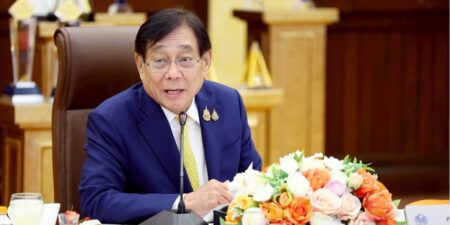BowerGroupAsia wrote an update to clients on Bangladesh’s student protests.
Context
- Student protests have erupted across Bangladesh following the government’s reinstatement of a quota system in the public service recruitment process. University students are demanding reform because almost 56 percent of public sector jobs are reserved for certain groups, including family members of the 1971 Liberation War veterans, ethnic minorities, women and disadvantaged people. The students argue that the system is discriminatory and should be based on merit instead.
- The protests turned violent early last week, prompting the government to deploy the military and impose a curfew July 18 after the situation spiraled out of control. The death toll has surpassed 200 people as of July 25 and will likely increase as the protests escalate.
Significance
- Bangladesh has a complex job quota system that mandates a 30 percent allocation of positions for the descendants of the country’s Liberation War veterans. Another 26 percent is reserved for women, ethnic minorities and people with disabilities, totaling 56 percent of government jobs. A similar student protest in 2018 compelled the government to completely scrap the quota system. This issue was largely settled until this June, when Bangladesh’s high court reinstated the quota, arguing that abandoning the system was unconstitutional. The government appealed the high court’s decision, but the prospect of the quota’s return led the students back to the streets.
- Initially, the student protests were largely peaceful. Prime Minister Sheikh Hasina enraged the students on July 14 by calling those who oppose the quota system “razakar” — a derogatory term referring to people who collaborated with the Pakistani army during the Liberation War. The prime minister’s comments culminated in a clash between the anti-quota students and the Bangladesh Chhatra League — the student wing of the ruling Awami League. At least six students were killed and hundreds were injured in attacks between the two groups on July 17. The violence has escalated in the days since, and military has been deployed with a “shoot on sight” order to quell the unrest.
Implications
- The government has finally taken steps to address the root of the problem. As violence mounted last week, the government rescheduled the August 7 court hearing to July 21. The court lowered the quota for Liberation War veterans to no more than 5 percent and the quota for ethnic minorities and underprivileged groups to only 2 percent, leaving 93 percent of government jobs open to merit-based recruitment. The court ruling answered the principal demand of the students: reform the quota system.
- The quota movement is just the most recent outburst of the socioeconomic discontent that lies beneath the surface. The government has daunting challenges ahead as it struggles to deal with rising inflation, unemployment, inequality and corruption that might trigger similar protests in future.
We will continue to keep you updated on developments in Myanmar as they occur. If you have any questions or comments, please contact BGA Head of Research Murray Hiebert at mhiebert@bowergroupasia.com.
Best regards,
BowerGroupAsia

BowerGroupAsia


























